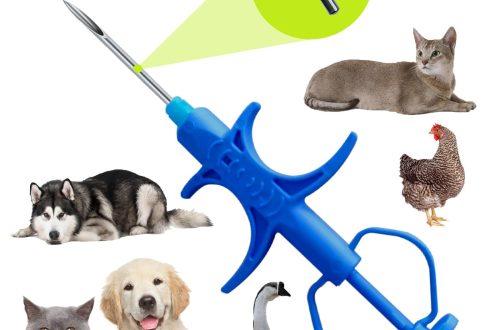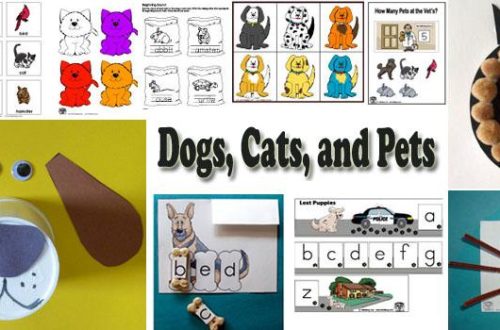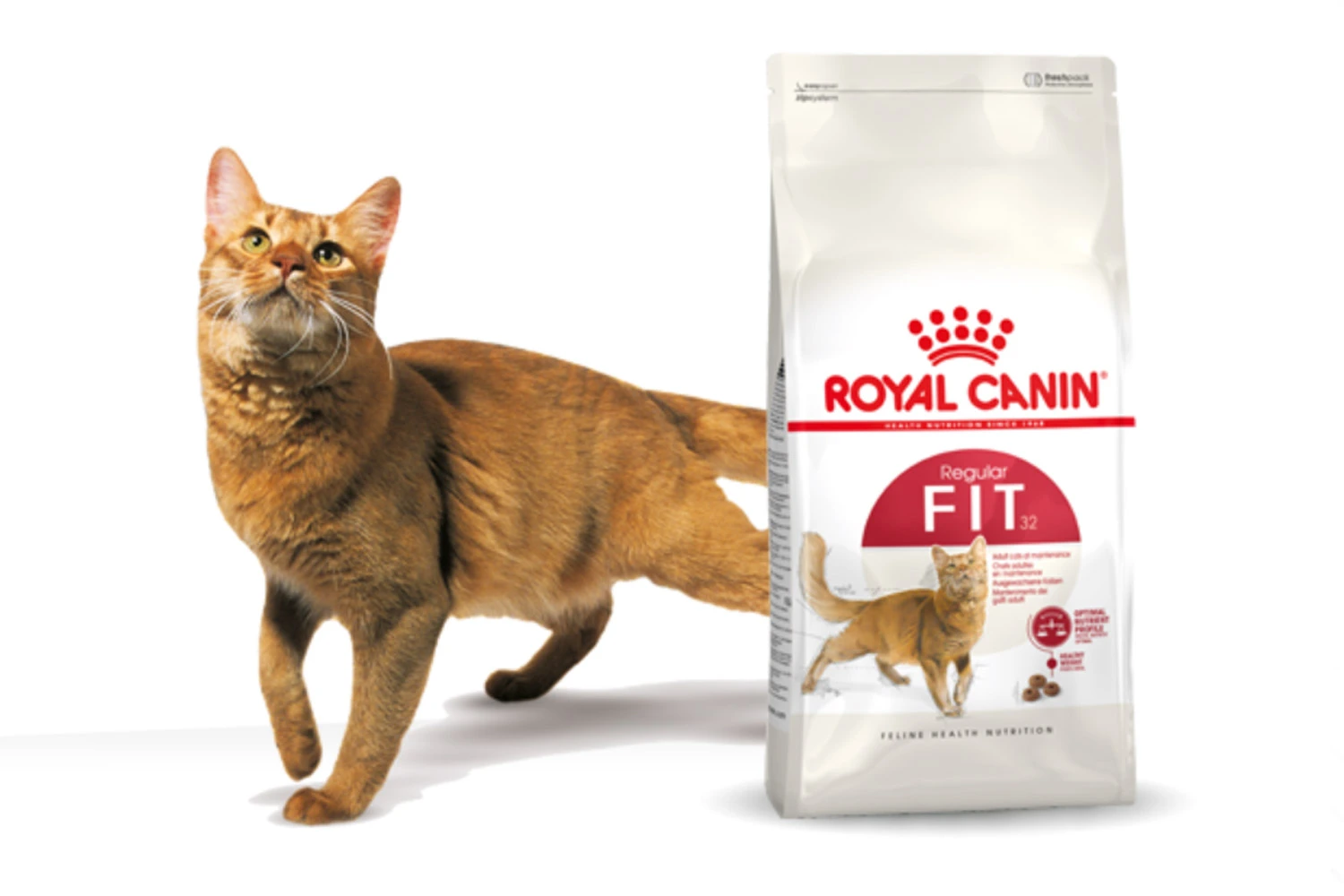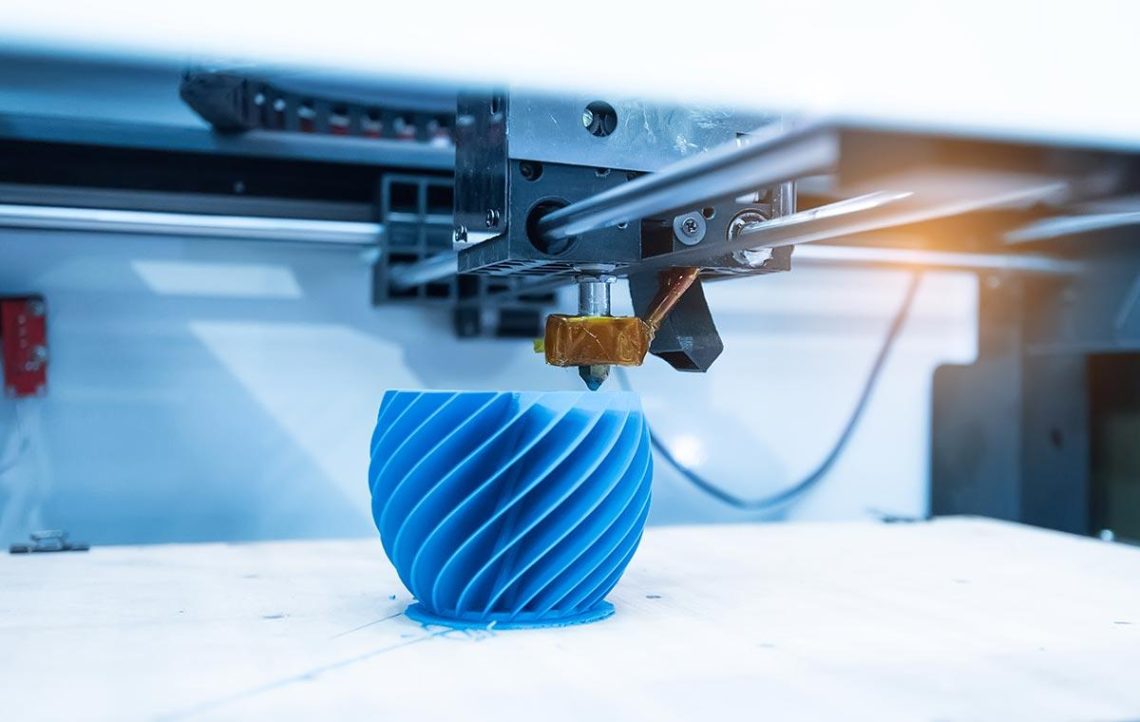
3D Printing: Transforming the Future of Veterinary Medicine
In a world where technology continually reshapes our understanding of what is possible, 3D printing stands out as a groundbreaking innovation with the potential too revolutionize various fields, including veterinary medicine. As animal healthcare evolves, practitioners are increasingly turning to additive manufacturing techniques to enhance treatments, improve surgical outcomes, and personalize care for their furry patients. From custom prosthetics for disabled pets to complex surgical models that allow for precise pre-operative planning, 3D printing is not merely a trend; it’s a transformative tool reshaping the landscape of veterinary practices. This article explores the myriad ways in which 3D printing is paving the path for a new era in veterinary medicine,unlocking unprecedented possibilities for veterinarians and pet owners alike. Join us as we delve into the interesting intersection of technology and animal care, where innovation meets compassion.
Table of Contents
- revolutionizing Surgical Procedures with Custom 3D Printed Implants
- Enhancing Diagnostics and Research through 3D Printed Models
- promoting Personalized Care: Tailoring Treatments for Every Animal
- Addressing Challenges and Exploring Future Developments in Veterinary 3D Printing
- Wrapping Up
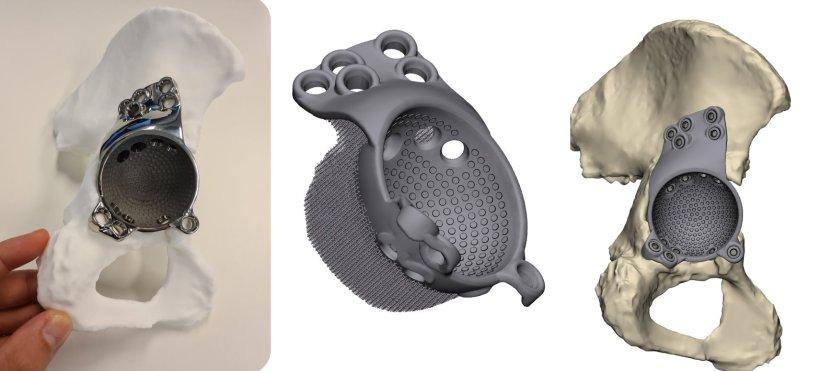
Revolutionizing Surgical Procedures with Custom 3D Printed Implants
The advent of custom 3D printed implants is empowering veterinarians to tailor surgical solutions to the unique anatomical needs of each patient. This technology allows for the creation of implants that fit perfectly, significantly reducing the risk of complications and improving recovery times. Benefits of utilizing 3D printed implants include:
- Precision Fit: Custom-made implants ensure a snug fit, maximizing compatibility with the animal’s body.
- Reduced Surgical Time: With pre-made, patient-specific solutions, surgeries can be completed more efficiently.
- Enhanced Biocompatibility: The use of advanced materials can minimize the risk of rejection or infection.
Moreover, 3D printing technology facilitates the rapid prototyping of implants, allowing for iterative design processes that can accommodate anatomical anomalies. This not only fosters innovation within the field but also enhances overall patient outcomes through improved surgical precision. A recent study has shown that surgeries employing 3D printed implants saw a notable decrease in post-operative complications, contributing to quicker recovery periods for pets. To illustrate the impact of this technology, consider the following benefits:
| Advantage | Impact on Veterinary Care |
|---|---|
| Custom Design | Aligns with individual anatomical structures |
| Material Variety | Options like titanium or biocompatible polymers |
| Cost-Effective Production | Reduction in material waste and surgical costs |
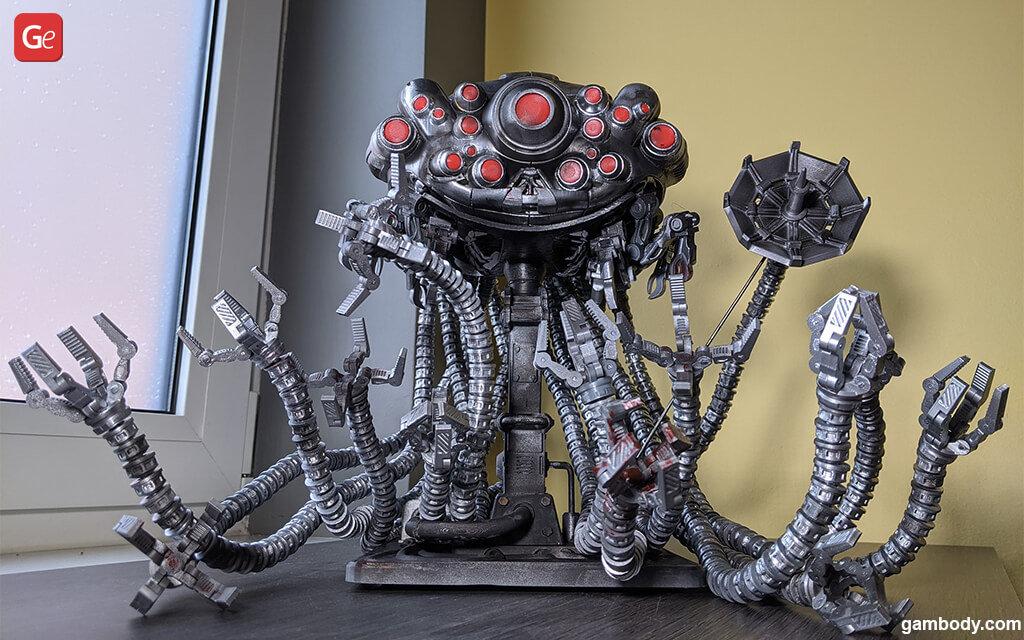
Enhancing Diagnostics and Research through 3D Printed Models
3D printed models are revolutionizing veterinary diagnostics and research by providing customized, life-like representations of animal anatomy. These models allow veterinarians to gain a deeper understanding of complex conditions and improve surgical planning. By utilizing imaging techniques such as MRI and CT scans, practitioners can create precise 3D replicas of specific cases, which serves as a touchpoint for discussions with pet owners and as teaching tools for students.With the capability to produce anatomically accurate models, these advancements offer several benefits:
- Improved Surgical Outcomes: Surgeons can practice procedures on models before engaging in the actual operation.
- Enhanced Communication: Veterinarians can visually explain diagnoses and treatment plans to pet owners, bridging the gap in understanding.
- Research Opportunities: Scientists can utilize these models to study rare conditions and develop innovative treatments, paving the way for groundbreaking discoveries.
In the realm of education, 3D printed models provide students with invaluable hands-on experience, transforming traditional learning. With these tangible resources,students can familiarize themselves with anatomical structures and surgical techniques before entering clinical environments. Academic institutions are increasingly integrating this technology into their curricula. The following work as examples of common educational applications:
| Application | Description |
|---|---|
| surgical Simulation | Practice complex procedures on accurate models. |
| Obstacle Courses | Build physical representations of anatomical landmarks for navigation exercises. |
| Condition Exploration | Study abnormalities with visual and tactile elements to enhance learning. |
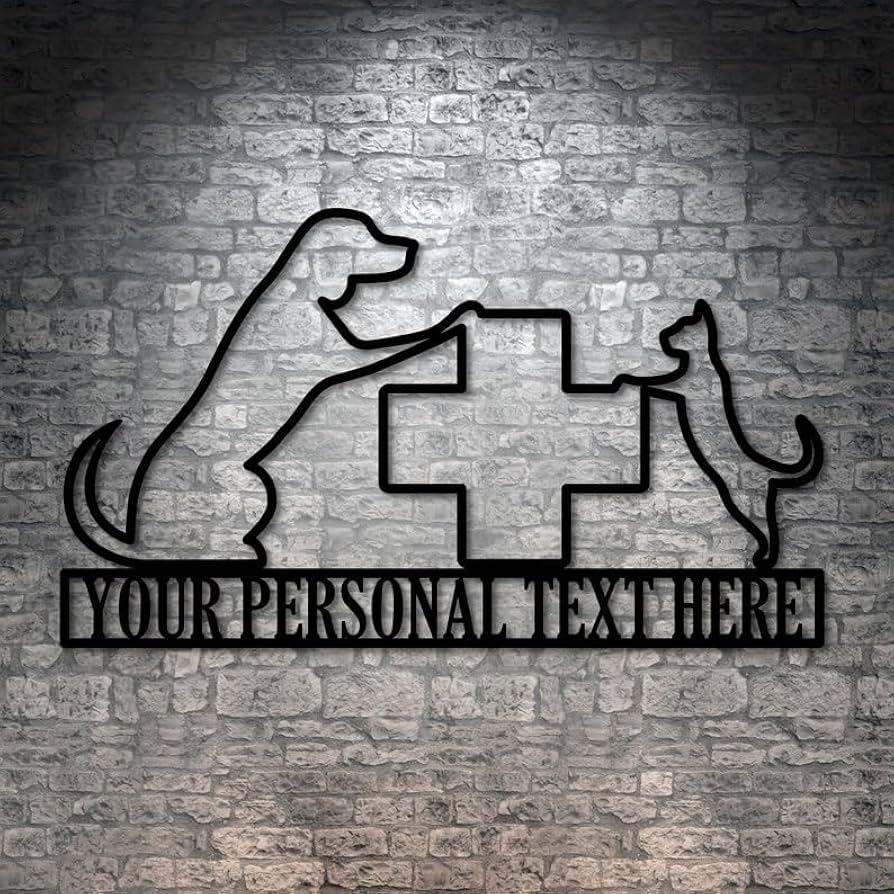
Promoting Personalized Care: Tailoring Treatments for Every Animal
Advancements in 3D printing technology are revolutionizing the landscape of veterinary care, allowing professionals to provide bespoke treatments that cater directly to the individual needs of each animal. This innovative approach expands the possibilities for custom prosthetics, implants, and surgical tools, ensuring that every creature, regardless of size or species, receives the optimal support for their unique conditions. by using advanced imaging techniques, veterinarians can create precise models that replicate the anatomical structures of pets, facilitating an exact fit and enabling a smoother recovery process.
The customization does not stop with physical devices; it extends to medical treatments as well. With 3D bioprinting, vet clinics can now create tailored solutions that include medications or dietary products designed specifically for an animal’s health requirements. This personalization leads to improved outcomes, increased comfort, and faster recovery times. Here’s a simple comparison of traditional treatments versus personalized options:
| Traditional Treatments | Personalized Treatments |
|---|---|
| Standard prosthetics | Customized prosthetics |
| Generic medication dosages | Tailored medication formulations |
| One-size-fits-all solutions | Individualized treatment plans |
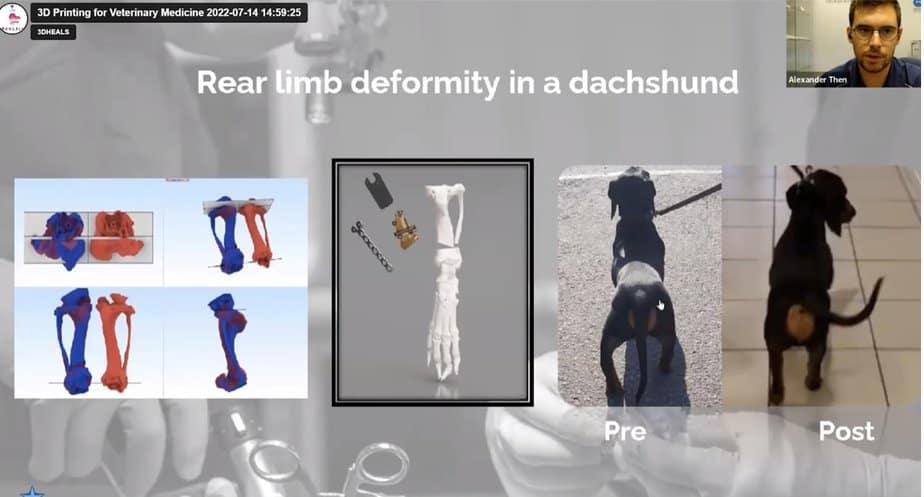
Addressing Challenges and Exploring Future Developments in Veterinary 3D Printing
The integration of 3D printing into veterinary medicine certainly presents a myriad of challenges, the most significant of which include material compatibility, regulatory hurdles, and technological limitations.Unlike human applications,veterinary 3D printing must accommodate a diverse range of species,each with unique anatomical structures and physiological requirements. These factors complicate the selection of appropriate biomaterials, which need to be both safe for implantation and capable of integrating seamlessly with biological tissues. Moreover, navigating the regulatory landscape poses its own set of obstacles, as veterinary practices must adhere to health regulations that vary significantly by region. Addressing these challenges requires close collaboration between veterinary professionals, material scientists, and regulatory bodies to establish standardized protocols that ensure safety and efficacy.
As we look to the future,advances in bioprinting and functional materials will likely pave the way for revolutionary developments in veterinary 3D printing. Innovations in customized implants, prosthetics, and even tissue regeneration stand to enhance the quality of life for animals suffering from various ailments.Collaborative research initiatives could further expedite this evolution, as academic institutions, veterinary clinics, and technology firms unite to explore new applications and techniques.Below is a glimpse into potential future applications:
| Future Applications | Benefits |
|---|---|
| Custom prosthetics | Enhanced mobility and comfort for injured animals |
| tissue Engineering | Potential for organ regeneration and transplants |
| Personalized Surgical Models | Improved surgical planning and outcomes |
Wrapping Up
As we draw the curtain on our exploration of 3D printing’s revolutionary impact on veterinary medicine, its evident that we stand on the brink of a remarkable change.From custom implants that fit our furry friends perfectly to intricate surgical tools that enhance precision, the integration of this technology is reshaping how veterinary professionals approach care. The potential to improve outcomes and personalize treatments is not just a novelty; it is a glimpse into a future where animals receive the same level of advanced, tailored healthcare as humans.
As we continue to witness advancements in 3D printing, one cannot help but be optimistic about the innovations yet to come. This technology not only empowers veterinarians but also enhances the bond between humans and animals, fostering a deeper understanding of what it means to care for our beloved companions. In a world where every life matters, 3D printing is proving to be a pivotal tool in ensuring that quality care is accessible, achievable, and, most importantly, personalized.
In closing, as we look ahead, let us embrace the possibilities that 3D printing holds for veterinary medicine. The journey is just beginning, and with it comes an abundance of hope, innovation, and the promise of healthier lives for the animals we cherish. The future is not only luminous but beautifully crafted—one layer at a time.



